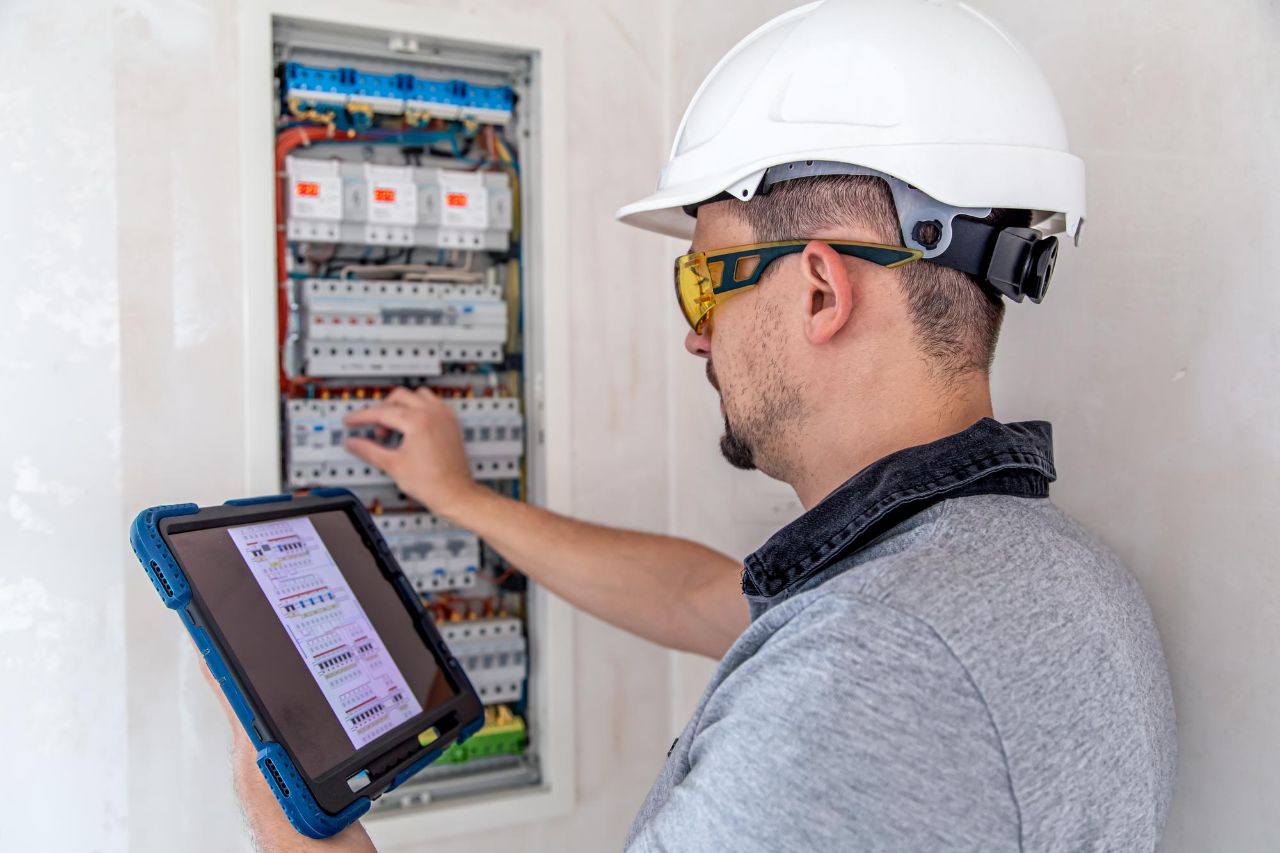Electrical safety is paramount in every household and business. One component that plays a crucial role in maintaining this safety is the circuit breaker. When functioning properly, circuit breakers prevent electrical overloads and potential fires. But like any other device, they can develop faults over time. Knowing how to identify and replace a faulty circuit breaker is essential. Read on here for more information.
Identifying a Faulty Circuit Breaker
The first step in maintaining electrical safety is being able to identify a faulty circuit breaker. Some signs include:
- Frequent tripping: If a circuit breaker trips frequently, it could be a sign of a fault. It’s normal for a breaker to trip occasionally due to an overload, but if it happens often, there’s likely an issue.
- Burnt smell or marks: A faulty breaker may emit a burnt smell. You may also notice charring or burn marks around it.
- Unable to reset: If after tripping, the circuit breaker won’t reset or stay in the ‘on’ position, it’s likely faulty.
- Appliances or lights flickering: If you notice appliances losing power or lights flickering, even for a second, this could indicate a faulty breaker.
Replacing the Faulty Circuit Breaker
Once identified, it’s time to replace the faulty circuit breaker. Remember to always prioritize safety when working with electricity.
- Turn off the main power: Begin by switching off the main power supply. This ensures that no electricity is flowing to your electrical panel while you’re working on it.
- Remove the panel cover: Unscrew and carefully remove the electrical panel cover.
- Identify and remove the faulty breaker: Locate the faulty breaker. It should be in the ‘off’ or middle position. Remove it by pulling or unscrewing it from the electrical panel.
- Install the new breaker: Insert the new breaker into the vacant slot. Ensure that it’s of the same type and amperage as the old one.
- Reinstall the panel cover: Once done, screw back the panel cover, turn on the main power supply, and then flip the new breaker to the ‘on’ position.
While these steps are straightforward, if you’re not comfortable handling electrical tasks, it’s always advisable to hire a professional electrician to ensure safety. A professional electrician will have the tools and expertise required to replace a faulty circuit breaker. A faulty circuit breaker might seem like a minor issue, but if not handled correctly, it can lead to serious electrical mishaps. Having your home’s circuit mapped, like with CircuitIQ, can tell you a lot about potential electrical issues. Therefore, being able to identify and replace one is a valuable skill every homeowner or business owner should possess.
 seolounge
seolounge